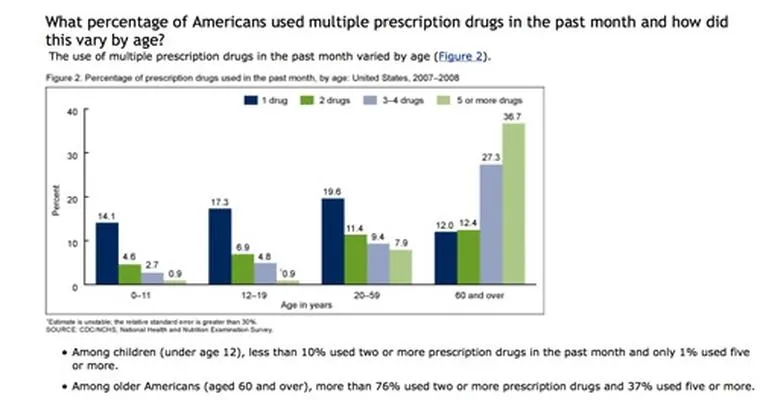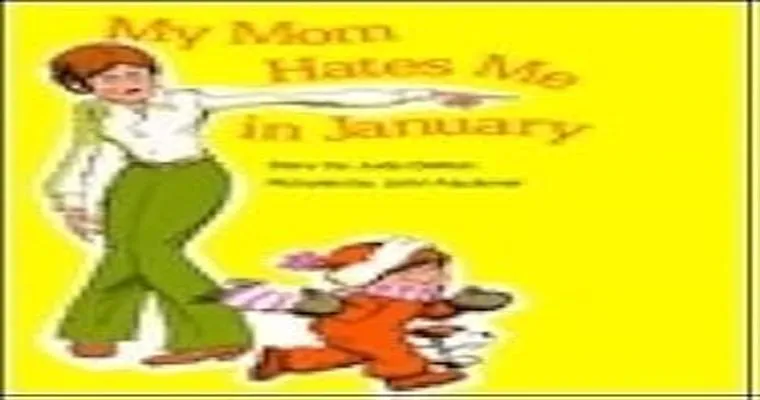In recent years, "prescription drug abuse" has become an alarming issue, particularly among the "elderly population". With an increasing number of older adults being prescribed medications for chronic pain, anxiety, and other health conditions, the potential for misuse has significantly risen. This article delves into the factors contributing to this troubling trend and offers insights into how families and caregivers can help combat the issue.
Understanding the Scope of the Problem
Statistics reveal a staggering rise in "opioid prescriptions" among seniors. According to recent studies, nearly 30% of older adults are prescribed "opioids", and many are left unaware of the risks associated with these powerful medications. With older adults often managing multiple prescriptions for various ailments, the likelihood of "drug interactions" and unintended misuse becomes a serious concern.
Factors Contributing to Prescription Drug Abuse
Several factors contribute to the growing issue of "prescription drug abuse" in the elderly population:
1. "Chronic Pain Management": Many seniors suffer from chronic conditions that necessitate long-term pain management. This often leads to the over-prescription of painkillers, increasing the risk of dependence.
2. "Mental Health Issues": Conditions such as depression and anxiety are prevalent among the elderly. The medications prescribed to treat these conditions can become addictive, especially if not monitored closely.
3. "Isolation and Loneliness": Many older adults face social isolation, which can lead to feelings of loneliness and depression. This emotional turmoil may drive them to misuse prescription medications as a coping mechanism.
4. "Lack of Awareness": Many seniors may not fully understand the "risks of prescription drug abuse" or may underestimate their susceptibility to addiction. This lack of awareness can lead to unintentional misuse.
Signs of Prescription Drug Abuse in the Elderly
Identifying prescription drug abuse in older adults can be challenging. However, some common signs include:
Sudden changes in behavior or mood
Withdrawal from social activities or family gatherings
Increased secrecy about medications
Frequent requests for early refills
Physical symptoms such as dizziness or confusion
Prevention and Intervention Strategies
Addressing "prescription drug abuse" among the elderly population requires a multi-faceted approach:
1. "Regular Monitoring": Family members and caregivers should regularly monitor the medications taken by elderly individuals. Keeping an updated list of prescriptions can help identify any potential issues.
2. "Open Communication": Encouraging open discussions about medications can help alleviate fears and foster a better understanding of their purposes and risks.
3. "Consult Healthcare Professionals": Regular check-ins with healthcare providers can ensure that medication regimens are appropriate and necessary. Physicians can also suggest alternative treatments for chronic pain or mental health issues that carry a lower risk of abuse.
4. "Education and Awareness": Educating seniors and their families about the dangers of prescription drug abuse is crucial. Providing resources and support can empower them to make informed decisions about their health.
Conclusion
The "skyrocketing" rates of "prescription drug abuse" among the elderly population are a cause for concern. By understanding the underlying factors and recognizing the signs of misuse, families and caregivers can take proactive steps to prevent this issue. Through education, open communication, and regular monitoring, we can help protect our elderly loved ones from the dangers of prescription drug abuse and ensure they receive the care they need.





